Cats are known for their playful and adventurous nature. They love to explore the world around them. However, this curiosity can sometimes put them in harm’s way.
Several wild animals can pose a threat to your pet cat. In this article, our top concern is to address the question: “Will a groundhog attack a cat?” Moreover, we will reveal other animals that will likely harm your beloved companion.
Understanding Groundhog Behavior Around Cats
Groundhogs can be a shy creature popping out of a burrow on a sunny afternoon. That’s accurate. They are also known as woodchucks, and are naturally timid animals who prefer to avoid confrontation. However, like many wild animals, groundhogs can become defensive if they feel cornered or threatened. This behavior is rooted in self-preservation.
When startled, a groundhog may freeze, chatter its teeth, raise itself on its hind legs, or even lunge to scare off a perceived threat. Their sharp claws and strong teeth, designed for digging and chewing through tough roots, can unintentionally cause injury during a defensive swipe or bite.
Cats are full of personality, and if you’re curious what makes them so lovable, take a look at some popular reasons to get a cat.
Will a Groundhog Attack a Cat?
Thankfully, in most cases, the answer is reassuring — no, not usually. Groundhogs are shy by nature. They aren’t predators. So, they don’t go looking for trouble with curious kitties. But as said, they can defend themselves if they feel trapped or startled.
If your cat gets a little too bold, a groundhog might react out of fear. Their sharp claws and strong teeth can deliver a defensive scratch or bite if they feel they have no other way out. Gladly, these kinds of encounters are rare, and they’re almost always avoidable.
One of the best reasons to get a cat is that they are chill and affectionate without being clingy.
Beware: Other Wild Animals That Attack Cats
But wait! When we look at the bigger picture, several wild animals pose a far greater danger to outdoor cats. This is the reality you should know as a pet owner. Some predators strike from above without warning. Here’s a closer look at the wild animals that attack cats more aggressively than groundhogs:
1. Coyotes: Stealthy Predators
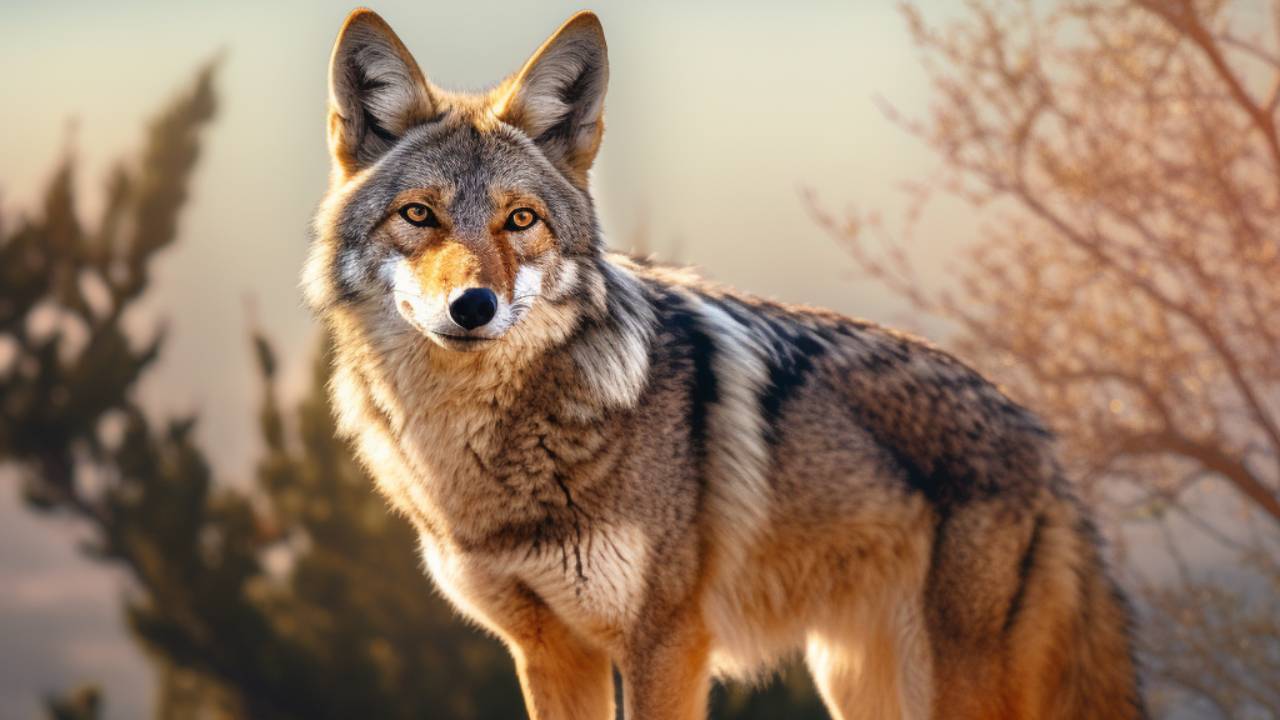
Coyotes are among the most serious threats to outdoor cats. These agile hunters move silently through neighborhoods, fields, and wooded areas in search of easy prey. Meanwhile, a lone cat can quickly become a target. Coyotes typically attack by ambushing their prey, grabbing with powerful jaws, and carrying them off.
Threat Level: Critical
Coyotes are responsible for a significant number of missing pet each year in suburban and rural areas.
2. Raccoons: Opportunistic Omnivores
Raccoons are not natural cat hunters, but they are fiercely territorial. If a cat wanders too close to a raccoon’s nest or food source, fights can erupt. They attack by clawing and biting while standing upright to appear larger and more intimidating.

Threat Level: Moderate
Most confrontations happen over food or nesting sites. But injuries can be severe if provoked.
3. Owls: Silent Predators of the Night
Owls hunt under the cover of darkness. They use exceptional hearing and fly nearly silently. Large species like the Great Horned Owl are capable of swooping down to grab small cats or kittens.
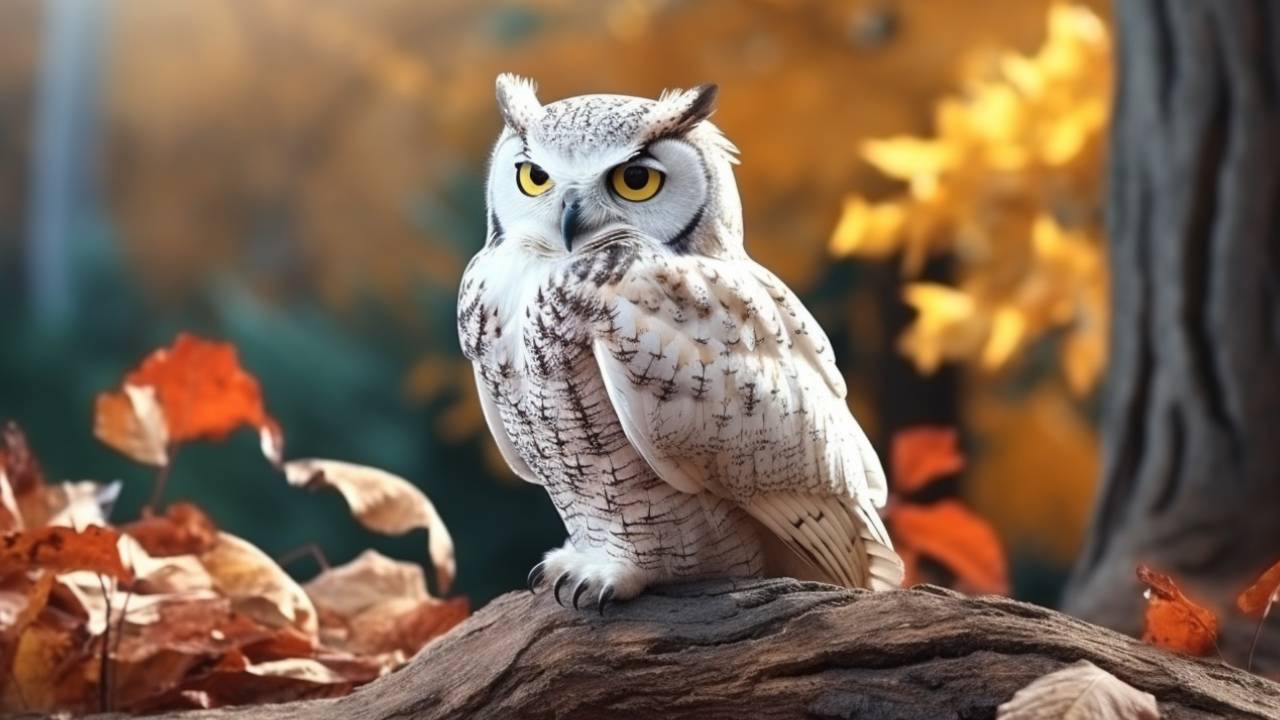
Threat Level: High
Nighttime explorers are most at risk; younger or smaller cats are especially vulnerable.
4. Hawks: Aerial Predators
Hawks keep a keen eye on open fields during the day. It might misidentify a small cat as a ground-dwelling prey animal and strike swiftly with razor-sharp talons. Injuries from a defensive grab can still be dangerous, although adult cats are less likely to be lifted.
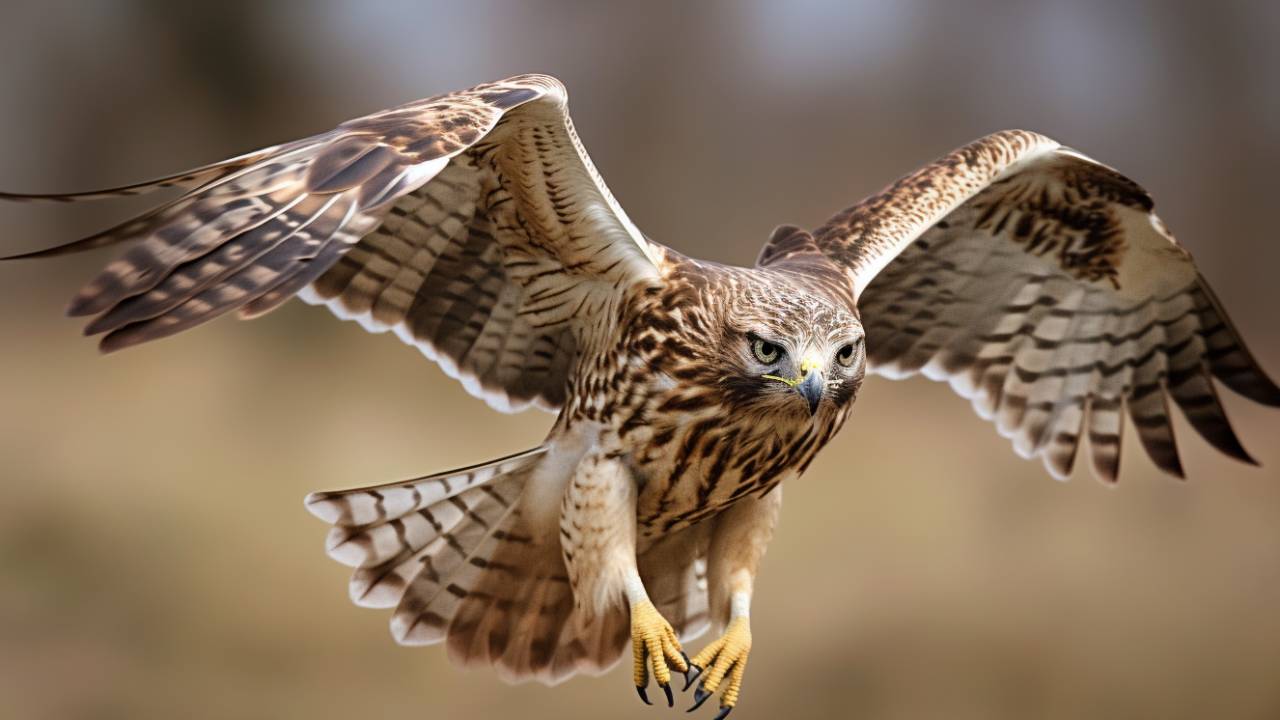
Threat Level: Moderate to High
Young or small-statured cats are most at risk from aerial attacks.
5. Foxes: Clever Canids
Foxes are agile and opportunistic. They rarely seek out cats intentionally, but if food is scarce or territories overlap, a fox may chase or confront a cat. Attacks usually involve quick lunges and biting, aiming to drive the threat away rather than kill.

Threat Level: Moderate
While adult cats often fend off foxes, young or cornered cats may be vulnerable.
6. Snakes: Venomous Dangers
In regions where venomous snakes like rattlesnakes or copperheads live, outdoor cats face another hidden danger. A curious cat investigating underbrush or rocks could receive a sudden defensive strike. Snakebites often target paws, faces, or noses and can be life-threatening.

Threat Level: High
Venomous snakes pose a serious and often underestimated risk to outdoor cats.
7. Eagles: Apex Predators
Golden eagles and bald eagles have been known to target small pets through their incredible strength and sharp talons. They can lift small cats during a surprise aerial attack, often from astonishing heights.

Threat Level: Critical (for kittens or small cats)
These encounters are rare but devastating when they occur, particularly in rural areas.
8. Alligators: Unlikely Predators
In southern wetlands, lakes, or marshes, alligators lurk silently just beneath the surface. They attack by ambushing — using powerful jaws to snap at anything near the water’s edge, including unsuspecting cats.
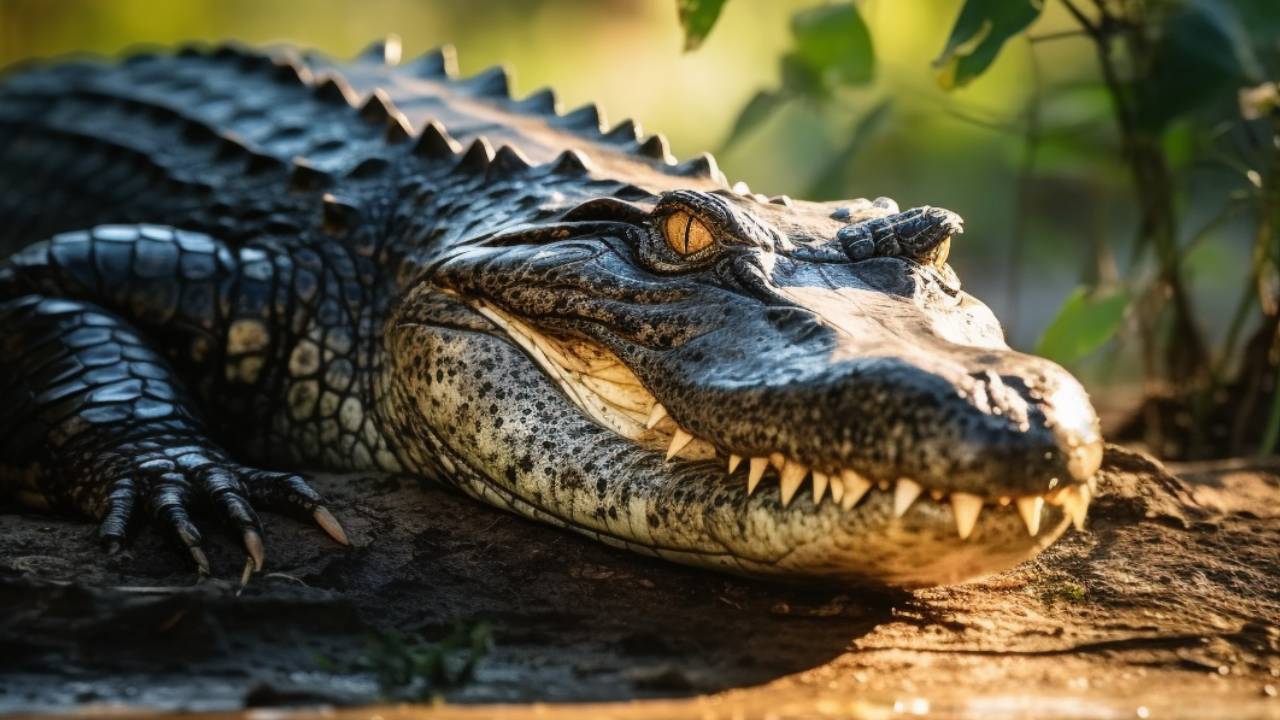
Threat Level: High (region-specific)
Risk is localized but very serious in areas where alligators naturally inhabit.
9. Bobcats: Stealthy Predators
As solitary hunters, bobcats are well-equipped to overpower smaller prey. They stalk quietly and pounce with precision, using sharp claws and a crushing bite. While confrontations are uncommon, a bobcat will view an unsupervised cat as an easy meal in wild or semi-rural areas.
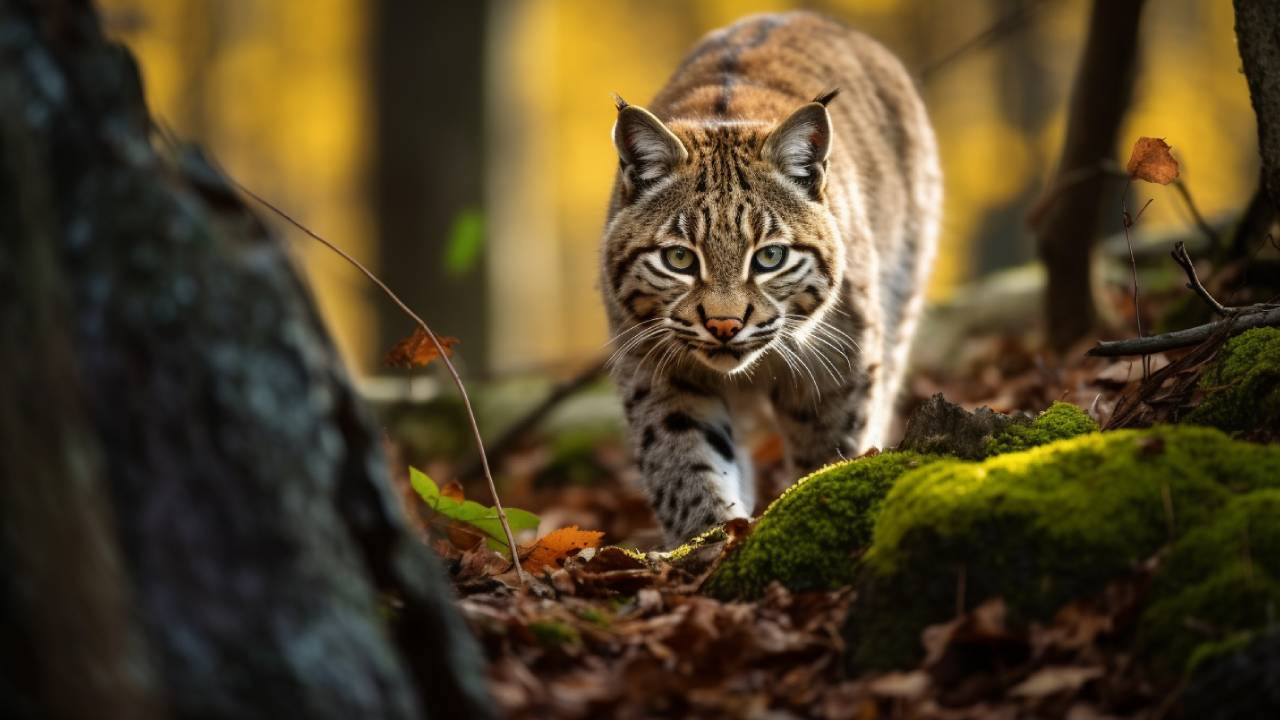
Threat Level: Very High
Where bobcats are present, keeping cats indoors or supervised is strongly recommended.
How to Keep Your Kitty Safe Outdoors
Outdoor adventures are a way for cats to engage their instincts. While doing this, a little mindful planning goes a long way in keeping those experiences safe and joyful. Here are simple ways to help protect your kitty while still letting them enjoy the great outdoors:
Supervised Outdoor Play
The safest way to let your cat explore is with you watching. Supervised time outdoors lets your kitty satisfy their curiosity without facing hidden dangers.
Secure Backyard Fencing
If you have a yard, consider installing cat-proof fencing or a “catio.” It’s an enclosed outdoor space just for your furry friend. It gives your kitty the fresh air they crave, without the risk of wandering into unknown territory or encountering aggressive wildlife.
Recognizing Burrows and Avoiding Nesting Sites
Take a quick walk through your outdoor space before letting your kitty roam. Look for signs of groundhog burrows, raccoon nests, or snake hiding spots. By steering clear of these areas, you greatly reduce the chances of an unexpected run-in.
Natural Repellents Safe for Cats
Planting certain herbs, such as lavender, rosemary, or lemon balm, can gently deter groundhogs and other wildlife without putting your kitty at risk. Always avoid harsh chemical repellents that could harm sensitive paws or curious noses.
Confused by all that tail action? find out why do cats twitch their tails and what they’re trying to tell you.
What to Do If a Groundhog or Other Animals Attacks Your Cat
Even with the best precautions, nature can be unpredictable. Here’s what to do in those critical moments:
Stay Calm and Assess the Situation
Your kitty counts on you to stay composed. If you witness an attack, resist the urge to panic. Loud noises, waving arms, or using a barrier (like a large object or broom) can often scare wild animals away without putting yourself in direct danger.
Safely Separate the Animals
Never try to grab your cat with your bare hands in the middle of a struggle, as frightened animals can lash out unpredictably. Instead, create distance by distracting the attacker or using a physical barrier whenever possible. Once separated, gently call your kitty to safety.
Check Your Kitty for Injuries
Once your cat is secure, perform a gentle but thorough check for visible injuries, such as bites, scratches, limping, bleeding, or signs of shock (like trembling or unresponsiveness). Even minor wounds from wild animals can carry dangerous bacteria or infections.
Seek Veterinary Care Immediately
Regardless of whether wounds seem minor, it’s always safest to consult your veterinarian after a wildlife encounter. Prompt treatment can prevent infections and ensure your kitty gets any needed vaccinations or boosters.
Ever watched your cat go full predator mode on a toy? now’s the moment to learn why do cats pounce and stalk?
Helping Your Cat Roam Freely and Safely
Watching your cat explore the backyard is one of the small joys of pet ownership. You can make sure those outdoor moments stay safe and peaceful with a few simple precautions.
Understanding the risks helps you protect your cat without limiting their freedom. A watchful eye and a little preparation go a long way toward keeping every adventure worry-free.
At American Paws Club, we’re here to support you with trusted advice for happier lives with your pets, because their world should be full of discoveries.
Want a kitten that fits your lifestyle and look? Purebred kittens for sale might have exactly what you’re after.

FAQs
Can domestic cats defend themselves against wild animal attacks?
Cats have quick reflexes and sharp instincts, but most domestic cats are no match for wild predators. Supervision and a secure outdoor space are the best ways to keep them safe.
What are the signs my cat might be at risk from wild animals?
Changes in behavior are the first clue. If your cat becomes unusually nervous, hides more, or shows unexplained injuries, it’s worth investigating. Trust your gut if something feels wrong.
How can I create a safer outdoor space for my cat?
Building a “catio,” a secure outdoor enclosure, is one of the safest options. It lets your cat enjoy fresh air and sunshine without the risks that come with roaming freely.
What deterrents help keep predators away?
Motion-activated lights and sprinklers can scare off many predators. Keeping garbage bins tightly sealed and removing outdoor food sources also helps make your yard less inviting to wildlife.
What should I do if my cat encounters a wild animal?
Bring your cat inside as quickly and calmly as possible. Contact local animal control if needed, and have your veterinarian check for any injuries, even if they seem minor.






0 Comments